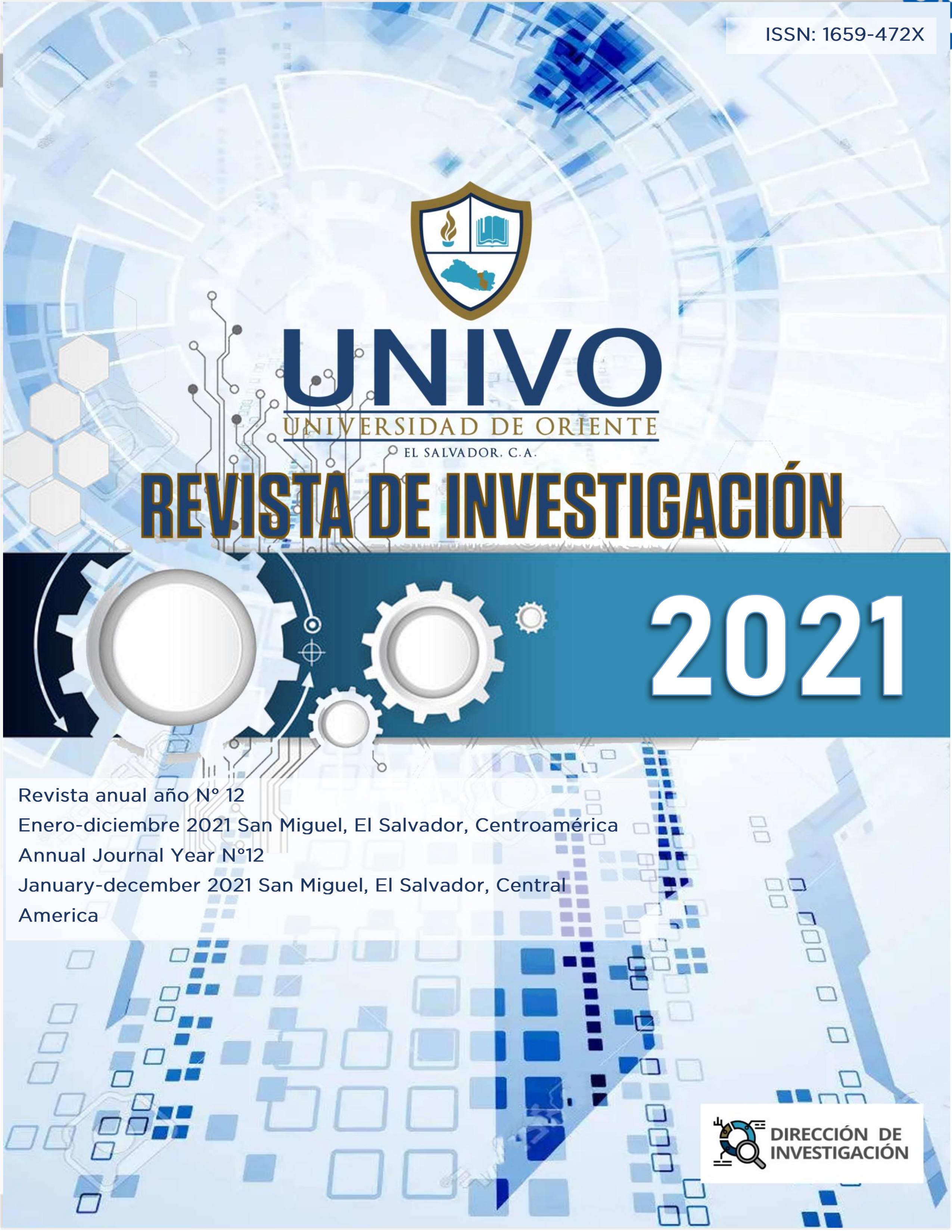Design of Asphalt Mixture made with Polyethylene Terephthalate (PET) polymer aggregate
Main Article Content
Abstract
The research contemplates an analysis of the environmental problems produced by PET plastic waste, which directly and indirectly affects the underwater life of the rivers, lakes and oceans of the planet. The research was carried out in El Salvador, Central America, as a search for new environmental alternatives for road construction, combining traditional asphalt materials with an appropriate percentage of crushed PET. The research seeks to respond to Sustainable Development Goals No. 11 Sustainable Cities and Communities, No. 12 Responsible Production and Consumption and No. 14 Underwater Life, through an Asphalt Mixture Design with PET polymer, for which Laboratory tests were carried out to make a comparison between a standardized asphalt mixture and this modified proposal.
PET plastics have a characteristic of high resistance to natural decomposition, taking around 700 years to completely degrade, and it is a material that is seen in societies in a growing increase starting in the 1950s, it is present in a large number of products of the daily life of the population, such as bottles of soda, water, juices, glasses, thermoses, etc. Making awareness of its recycling of importance worldwide.
PET plastics have a characteristic of high resistance to natural decomposition, taking around 700 years to completely degrade, and it is a material that is seen in societies in a growing increase starting in the 1950s, it is present in a large number of products of the daily life of the population, such as bottles of soda, water, juices, glasses, thermoses, etc. Making awareness of its recycling of importance worldwide.
Article Details
How to Cite
Hernández Durán, H. J. (2024). Design of Asphalt Mixture made with Polyethylene Terephthalate (PET) polymer aggregate. Inicio, 1(12), 27-33. Retrieved from https://revista.univo.edu.sv/index.php/investigacion/article/view/47
Issue
Section
Artículos

This work is licensed under a Creative Commons Attribution-NonCommercial-ShareAlike 4.0 International License.

